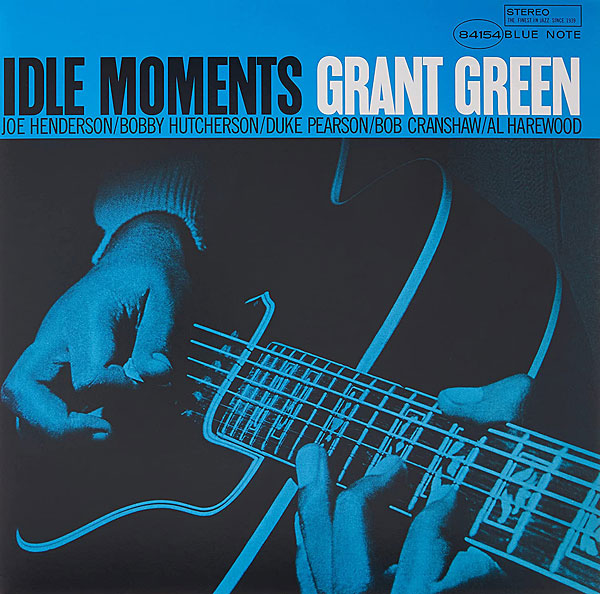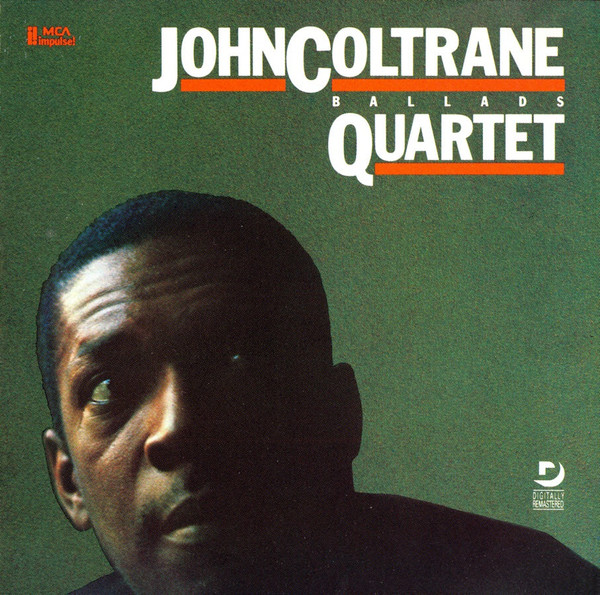| Columns Retired Columns & Blogs |
With all the technology and engineering devoted to the Grandioso M1X, it is a shame it takes days to warm-up and sound its best. I would have hoped there was a solution to overcome this, and bring warm-up/opening-up time into the realm of hours. Maybe something like the "high bias" option of some Parasound amps. Perhaps this is not possible; but having to wait days for the sound to open-up is a deal breaker for me. Plus in these "green" days, it is objectionable to have to leave a 400 watt draw on all the time for peak performance! Maybe some clever solution can be devised by Esoteric as an upgrade.
 .jpg
.jpg












































